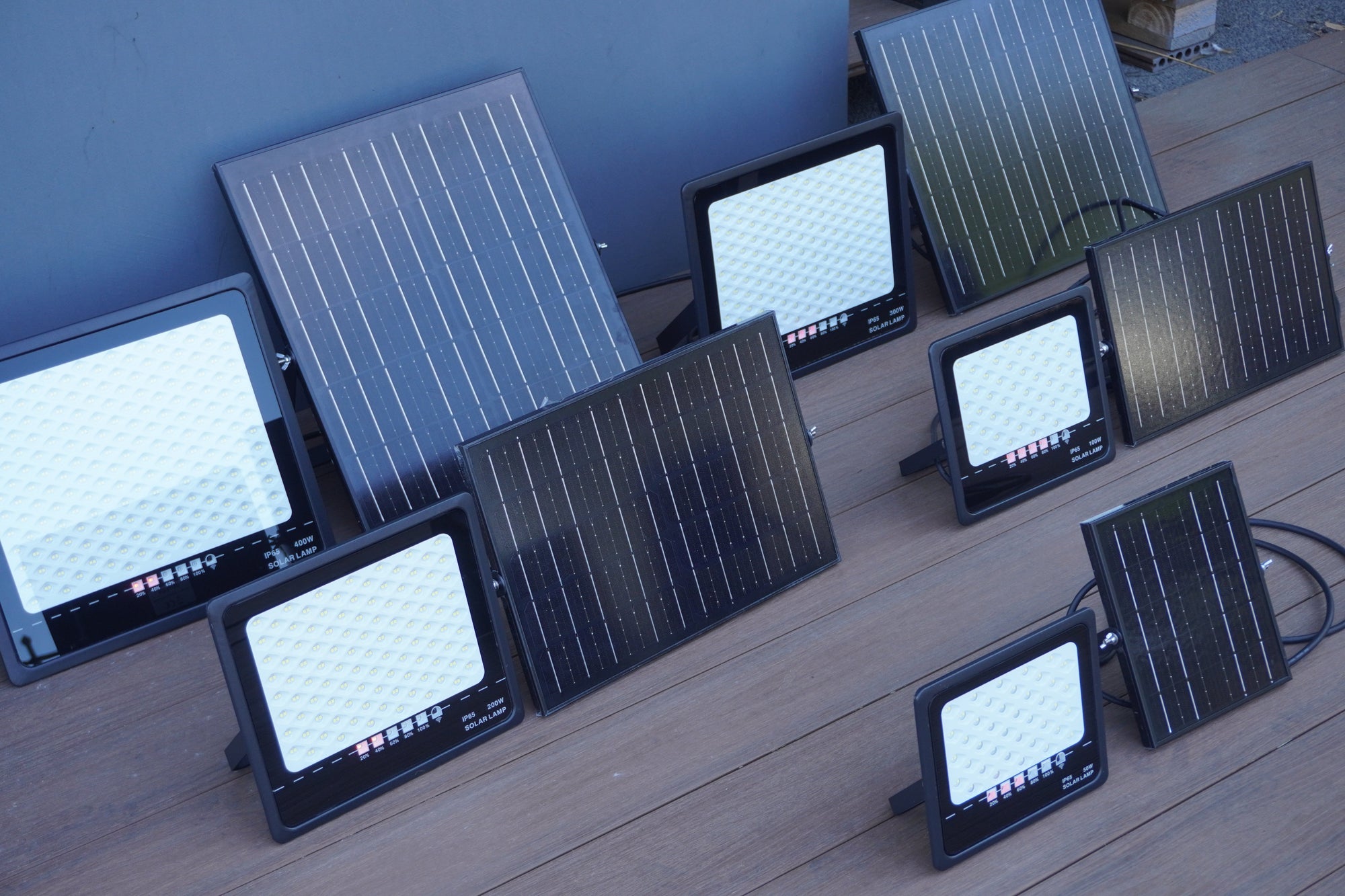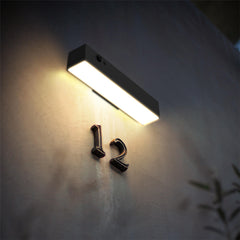Floodlights are a reliable way to brighten outdoor spaces such as driveways, gardens, warehouses, and security areas. Their ability to cast powerful, wide-spread illumination makes them popular for both residential and commercial use. But with higher wattage lighting, safety questions often arise. One of the most common is: can a 150 watt floodlight be a fire danger?
The answer depends on the type of floodlight you’re using. Older halogen floodlights, which rely on incandescent-style bulbs, run extremely hot and can pose a fire risk if used carelessly. On the other hand, modern LED floodlights are designed to operate efficiently with minimal heat, greatly reducing fire hazards.
In this article, we’ll explore how wattage relates to heat, why halogen floodlights are riskier, why LEDs are the safer alternative, and how to keep your lighting installations secure.
Wattage and Heat: Why It Matters?
When discussing fire risk in floodlights, it’s important to understand the link between wattage and heat output. Wattage measures how much electricity a fixture consumes. In halogen bulbs, a significant portion of that electricity is converted into heat rather than light.
-
150W Halogen Floodlight: Can reach surface temperatures exceeding 200–250°C, hot enough to ignite nearby flammable materials.
-
150W Equivalent LED Floodlight: Uses only around 30–50 watts to produce the same brightness, while remaining cool to the touch.
This fundamental difference explains why halogen floodlights carry greater fire risk, while LEDs provide safer illumination without sacrificing brightness.

The Risks of 150W Halogen Floodlights
Halogen floodlights were once the standard, but their drawbacks are now well understood. A 150W halogen floodlight, in particular, can present several fire-related dangers:
-
Excessive Heat Build-Up
Halogen bulbs generate intense heat during operation. If positioned too close to combustible materials such as timber, leaves, or even roof eaves, they can pose a fire hazard. -
Poor Ventilation
Installing floodlights in enclosed spaces without airflow can trap heat. Over time, this increases the risk of overheating and igniting nearby surfaces. -
Ageing Fixtures
Older halogen units may have cracked glass, degraded insulation, or faulty wiring. These weaknesses raise the chance of sparks or overheating. -
Extended Operation
Running a halogen floodlight for hours at a time, especially overnight, keeps the bulb at peak heat output for long periods, increasing fire risk.
For these reasons, many homeowners and businesses have phased out halogen floodlights in favour of safer alternatives.

Why LED Floodlights Are Safer?
LED floodlights have addressed nearly all of the safety concerns that plagued halogen models. Here’s why they are considered the safer, smarter choice:
-
Minimal Heat Emission
LEDs convert most of their energy into light rather than heat. Even after long periods of use, they remain significantly cooler than halogen bulbs. -
Lower Power for Equal Brightness
A 50W LED floodlight produces the same brightness as a 150W halogen floodlight, drastically reducing energy use and heat output. -
Integrated Heat Management
Quality LED floodlights include built-in heat sinks and sealed housings to safely dissipate residual heat, preventing overheating. -
Reduced Electrical Stress
Using far less energy not only cuts electricity costs but also reduces strain on wiring and circuits, further lowering fire risk.
For households and businesses that prioritise both performance and safety, Outway’s LED floodlights are the best option.
Warning Signs of Overheating Floodlights
If you still have older halogen floodlights installed, it’s important to monitor them for signs of overheating. Watch for:
-
Discolouration on the fixture or surrounding surfaces
-
A burning smell when the floodlight operates
-
Flickering or dimming once the light heats up
-
Cracked lenses or damaged housings
-
Scorch marks on wiring or fittings
These symptoms suggest the floodlight is unsafe and should be replaced immediately with a modern LED alternative.
How to Reduce Fire Risks?
No matter which type of floodlight you use, safe installation and maintenance are key. To minimise risks:
-
Choose LED Floodlights – Always opt for modern LEDs instead of halogen to eliminate unnecessary heat.
-
Mount Correctly – Ensure floodlights are installed away from combustible materials.
-
Check Wiring – Use proper cabling and avoid overloading circuits. Always consult a licensed electrician for installations.
-
Allow Ventilation – Position floodlights in open areas where heat can dissipate naturally.
-
Inspect Regularly – Look for cracks, loose fittings, or signs of wear that may indicate trouble.
By combining safe practices with LED technology, you can enjoy powerful lighting without worrying about fire hazards.

Final Thoughts
So, can a 150 watt floodlight be a fire danger? The answer is yes, if it’s a halogen floodlight, because high wattage translates into high heat, which can ignite surrounding materials under the wrong conditions.
With LED floodlights, the risks are dramatically lower. LEDs use much less energy, stay cool during operation, and are designed with built-in safety features. This makes them not only more efficient but also far safer for long-term use.
If you’re still relying on older halogen floodlights, now is the perfect time to upgrade. Outway’s range of LED floodlights delivers reliable performance, reduced energy bills, and peace of mind when it comes to safety.
With Outway, you can have powerful, long-lasting floodlights without compromising on efficiency, safety, or durability.



